Village of the Week: The hamlet in Barnsley that became an industrial powerhouse
It has all the amenities you’d expect in a village.
There’s a parish church, a primary school, a park, a fish and chip shop, a few takeaways and shops and businesses from dog treats to photography.
It also has rows and rows, so many of them, of Victorian built terraced houses, two up two down, that were built to serve a thriving industry and work-force.
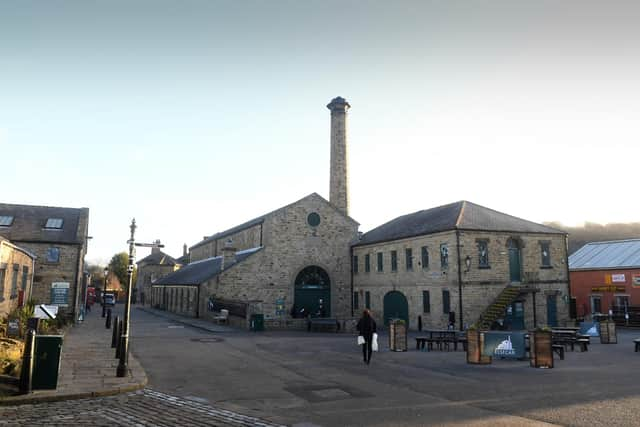

And this is where Elsecar, near Barnsley, is different.
Advertisement
Hide AdAdvertisement
Hide AdIt is both industrial and rural - and has so much history (some of it with Royal connection) that the village, with a population of around 2,500, has its own heritage centre.
Elsecar Heritage Centre is a visitor attraction with independent shops, studios, galleries, cafes and a large antiques centre.
They are housed in former Victorian engineering workshops and regular tours are run to share the history of the village and show what is left of an industrial estate village of ironworks and collieries.
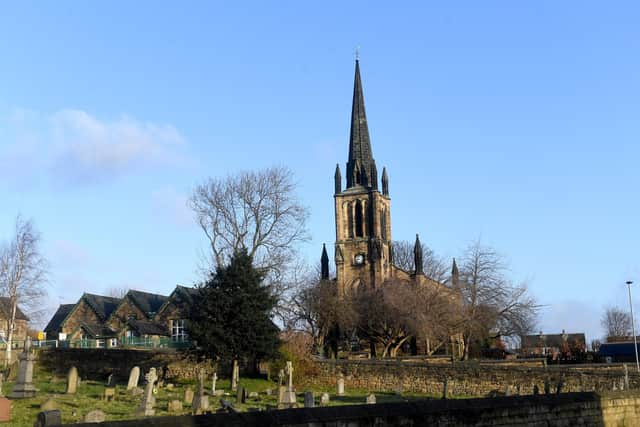

This setting at Elsecar is deemed to have international significance and to be one of the UK's first model villages, possibly even being previous to the one at Saltaire in West Yorkshire which is a World Heritage site.
Advertisement
Hide AdAdvertisement
Hide AdIf we go back to how this came to be then it takes us to the late 18th century.
Elsecar up until this time had been primarily a farming village with a few holdings scattered across the countryside.
Although coal had been mined in the area since the 14th century, the first major colliery, Elsecar Old, was not sunk until 1750. It was taken on by the Marquis of Rockingham in 1752.
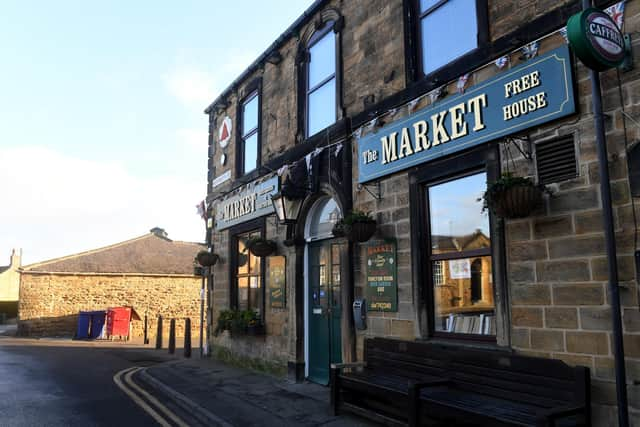

The New Colliery was opened in 1795.
The increased industry in the area produced a need for housing and the rows and rows of cottages, which dominate the housing make up today, were built by the 4th Earl Fitzwilliam of Wentworth Woodhouse who owned the local mines and ironworks.
Advertisement
Hide AdAdvertisement
Hide AdThe Earl and the Fitzwilliams that followed lived in the, equally historic and impressive, Wentworth Woodhouse. But that in itself is another multi-million pound story.
Historic England has even produced its own account of the rise of Elsecar and say “Elsecar’s industries, in particular its collieries, contributed to the Fitzwilliams’ extraordinary wealth and supported the village’s planned expansion.”
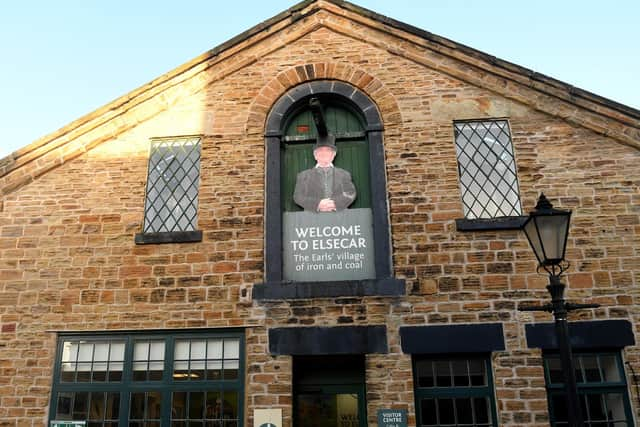

They say that the very development of Elsecar was designed to show the influence of the Fitzwilliam family, hence the follies, churches and other monuments. The latest research shows that the Earls used their industry at Elsecar in a similar way. They built ironworks where the huge furnaces would be seen for miles, and when the first deep colliery was sunk in Elsecar, the grand pumping engine stood proudly at the heart of the new village.
Historic England adds that The Fitzwilliams ordered two grand stone entrances to the collieries to be built. Aristocrats and royalty walked underground through them including the Duke of Clarence in 1828, who later became King William IV.
Both survive.
Advertisement
Hide AdAdvertisement
Hide AdIt seems such a shame then that apparently one lies overgrown in a field and another is in a back garden.
However, from this small hamlet in the north, Elsecar’s villagers and workers made world-changing and pioneering things. Huge bridges, including for famous engineers the Brunels, were cast here. Huge engines that powered the industrial revolution were constructed here. Armour for battleships was rolled, including for the Royal Navy’s first ironclad battleship, HMS Warrior. They also mined millions of tonnes of coal, which was sent all around the world.
Elsecar’s role in powering the country, industry and innovation didn’t escape the attention of the Royal Household.
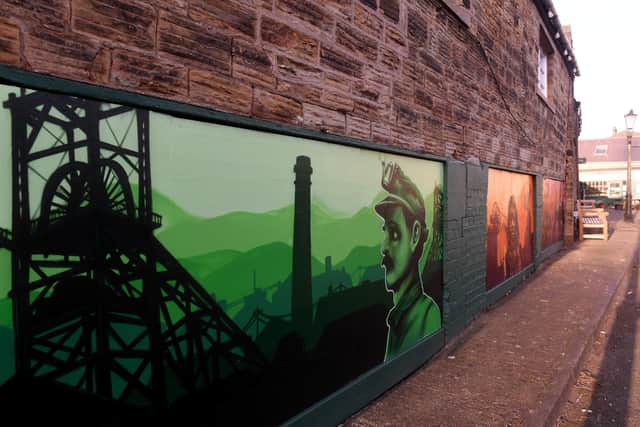

One of the earliest known visits of the Royal Family to Elsecar is when King George III and Queen Charlotte’s third son, the afore-mentioned Duke of Clarence, visited in 1828 two years before he would become King William IV. He was the first royal to ever go underground when he descended Elsecar Old Colliery.
Advertisement
Hide AdAdvertisement
Hide AdIn 1851, Queen Victoria was taken outside the Great Exhibition, to see a column of Barnsley Seam coal which had been somehow mined intact by Elsecar miners and taken to London. The Great Exhibition was the first in a series of World's Fairs, exhibitions of culture and industry that became popular in the 19th century. The event was organised by Henry Cole and Prince Albert, husband of Queen Victoria.
Inspired by the Great Exhibition, the 6th Earl, William Wentworth-Fitzwilliam held an exhibition of fine art and industry at the Market Hall (what is now Milton Hall) in 1886.
He invited Queen Victoria’s cousin, Princess Mary Adelaide, Duchess of Teck, to open the event. The Duchess was joined by her husband and daughter, Princess Victoria Mary ‘May’ who would later go on to marry King George V.
And it was King George Vs visit, along with Queen Mary, in 1912 that would actually go on to be the most significant Royal visit.
Advertisement
Hide AdAdvertisement
Hide AdGeorge had been coronated the previous year following the death of his father, Edward VII. England at this time was experiencing social unrest and it was suggested the King take a tour of industrial areas to observe people in their working conditions, understand how they made a living, and better connect with the working class.
The Royal visitors were invited to stay at Wentworth Woodhouse as a guest of Billy, seventh Earl of Fitzwilliam.
The King received respect and recognition for going underground at Elsecar, the day after 91 men had been killed when two explosions happened at Cadeby pit. Just ten miles away.
During the Second World War, King George VI and the Queen Mother visited Elsecar Main Colliery to have lunch with 70 pit workers and 50 years after her mother and father, Queen Elizabeth II made the journey to Elsecar in the mid-90s to officially open Elsecar Heritage Centre.
It came after Elsecar Main, had closed in 1984, ending 230 years of mining in the village.
Elsecar Heritage Centre now attracts 500,000 visitors each year.
